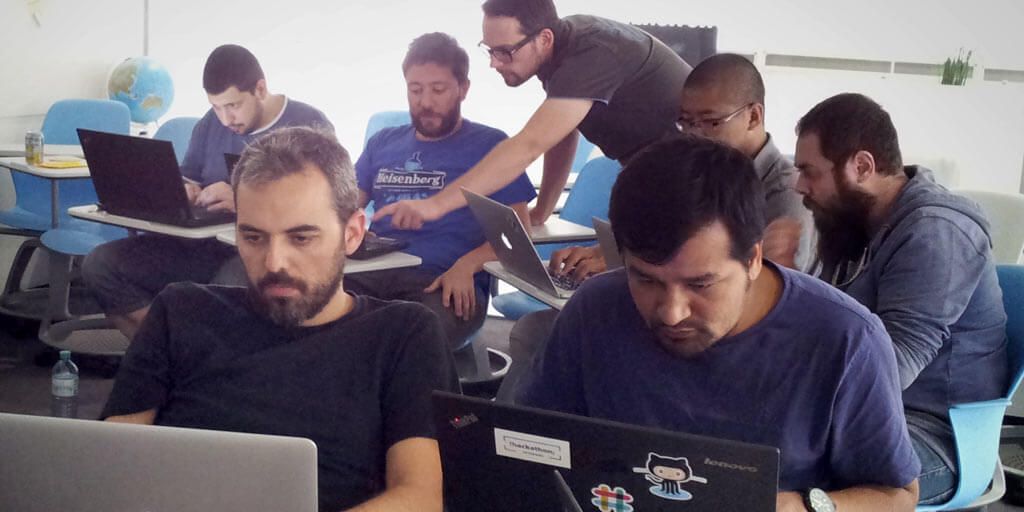From April 2020 until the end of 2021, we have put trivago’s web frontend on a new tech stack. Having moved away from a quite large PHP codebase and our home-grown JavaScript framework Melody, trivago now runs on a Next.js application, written in TypeScript.



Follow us on